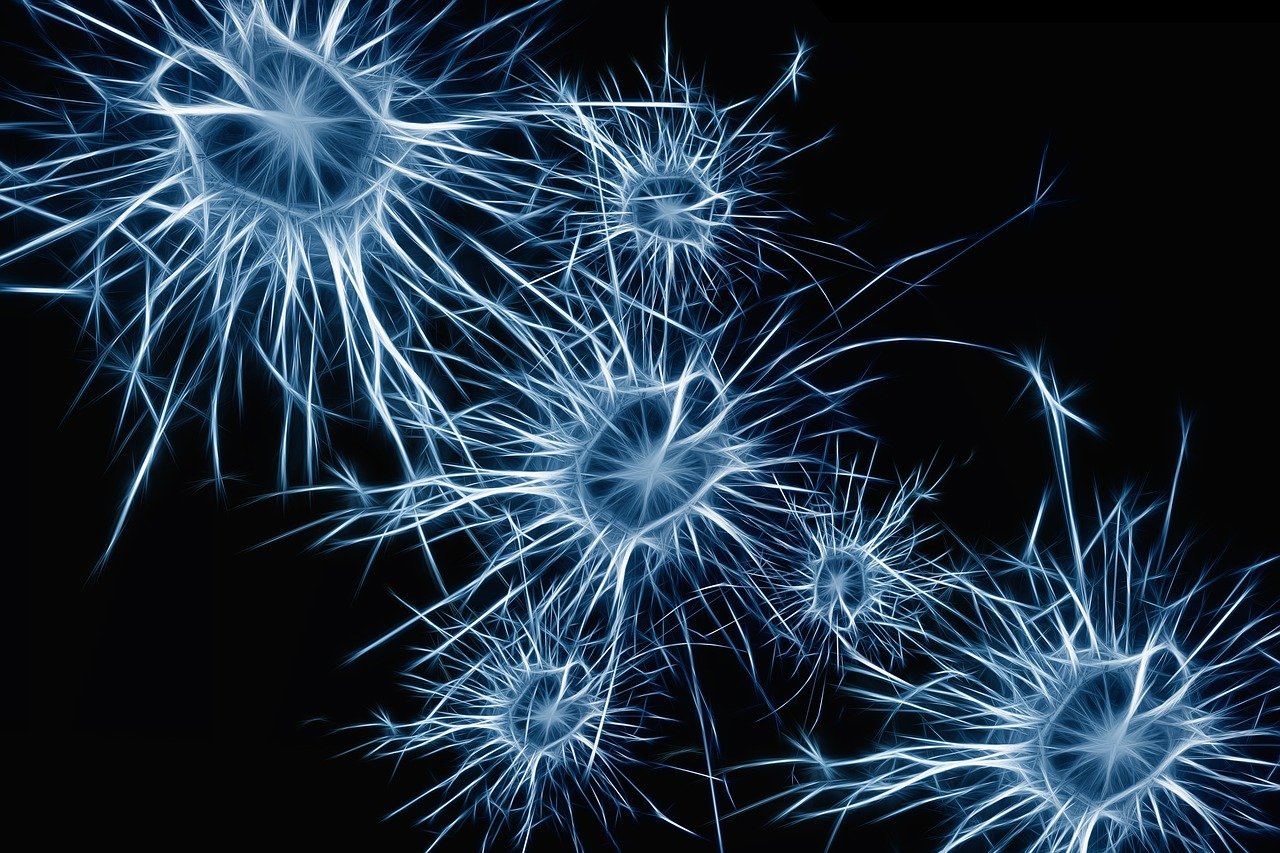Nano-toxicology: A deep dive into Nano-particles and their effects on health and the environment

Nanotoxicology, i.e. the study of toxicity in nanomaterials (materials of which a single unit is sized, in at least one dimension, between 1 and 100 nm) is a new yet has emerged as a rapidly evolving field. More specifically, Nano-toxicology encompasses the study of the adverse effects of nanomaterials on organisms and ecosystems. However as we delve deeper into the Nano-landscape, a critical question surfaces: What happens when these miniscule wonders interact with the environment?
The properties of these nanoparticles have catapulted them into industries ranging from medicine to electronics. However, now we will delve deeper into the uncertainties regarding their potential adverse health effects, shedding light on their interactions with air, water, soil, and the intricate ecosystems that sustain life.
Oblivious to most of us, these nanoparticles are continuously being added to the environment through various routes like foods, cosmetics, food packaging materials, contaminated water, etc. with their toxicity depending on their size, structural properties, concentrations, and environmental factors (temperature, pH, ionic strength, salinity, organic matter). Once Nanoparticles are released into the environment from either natural (forest fires, volcanic eruptions, erosion, etc.) or man-made sources (vehicle exhaust, coal/oil/gas boilers, fuel cells, wielding diagnostics, biomedical engineering, groundwater remediation, etc), very little is known about their environmental fate and soon they accumulate in various environmental matrices such as air, water, soil, and sediments including wastewater sludge, through atmospheric deposition, rain, or runoff, leading to complex interactions. The bioavailability of nanoparticles, or their accessibility to organisms, can vary depending on their form in different matrices, influencing their ecological impact. Its hazards, way beyond the horizons of human imagination, continue to deepen and perpetuate the human race to a fortune unimaginable.
Water, the elixir of life, becomes a focal point in our exploration. These nano compounds are in general insoluble, susceptible to aggregation, and, hence, likely to settle within a relatively short time. In the environment, these materials will encounter turbulent waters in flowing rivers and a variety of chemicals, such as detergents and natural organic matter that may act as dispersants. In addition, depending on their physical and chemical properties as well as the environment/media, many NMs tend to form large aggregates (effectively becoming microparticles).
Nanoparticles also play a significant role in the formation of dust clouds. Once released in the atmosphere they coalesce to form these clouds. About 70% of the brown clouds observed over South Asia originate from the combustion of biomass, primarily wood and animal dung used for cooking. These clouds predominantly consist of particulate matter and carbon nanoparticles resulting from the use of unprocessed fuel. These eventually contribute to glacial melting, reducing sunlight, and creating extreme weather conditions that impact agricultural production. These have also played a pivotal role in in disrupting the conventional monsoon patterns in South Asia leading to reduced rainfall in some areas and intensified floods in others.
These nanoparticles may leave deep traces on human health as well. Cells exposed to nanoparticles result in oxidative stress and DNA damage or are induced into apoptosis. Exposure to nanoparticles (through oral, pulmonary, or skin uptake) may cause the cells to alter their proliferation or differentiation or their cell-to-cell signaling with neighbouring cells in a tissue. Inhaled Nanoparticles are likely to evade phagocytosis, penetrate lung tissue, reach interstitial spaces, and enter blood circulation. Via the bloodstream, Nanoparticles can finally reach sensitive target sites such as lymph nodes, spleen, heart, kidney, liver, pancreas, bone marrow and brain.
These toxic particles enter microorganisms and plants by active or passive uptake and thereby in the food chain and industries causing serious alterations in humans and animals. Nanoparticles come in direct contact with skin as they are widely used in various cosmetics and personal care products, and hence the assessment of toxicity due to the dermal route of exposure is very critical Nanoparticles due to their highly reactive nature and large surface areas have a potential to carry toxic materials, such as lipophilic pollutants and heavy metals.
The hazards of these nanoparticles if not taken into consideration will pose serious threats to the ecosystems and environment. From biodiversity to climate change, from serious harm to the human race to irreparable plantation loss, the impact will globally eradicate innumerable species and cause ultimate harm to the survival of others. The conclusion resounds with a call for responsible practices, urging the approach to Nano-toxicology considering environmental preservation and human welfare.
Similar Post You May Like
-

CFCs, HFCs and their long, troubled history
At its peak, the ozone hole covered an area 7 times larger than the size of Europe, around 29.9 million km2, and was rapidly expanding
-

The Origin of Universe: Deciding point where it all began!
Let us unravel and surf through the ideas throughout ages to understand what the universe and its origin itself was to its inhabitants across history.
-

The Artemis Program
Inspired by the Greek goddess of the Moon, twin sister to Apollo, the artimis program was named on 14 May 2019 by Jim Bridenstine.







